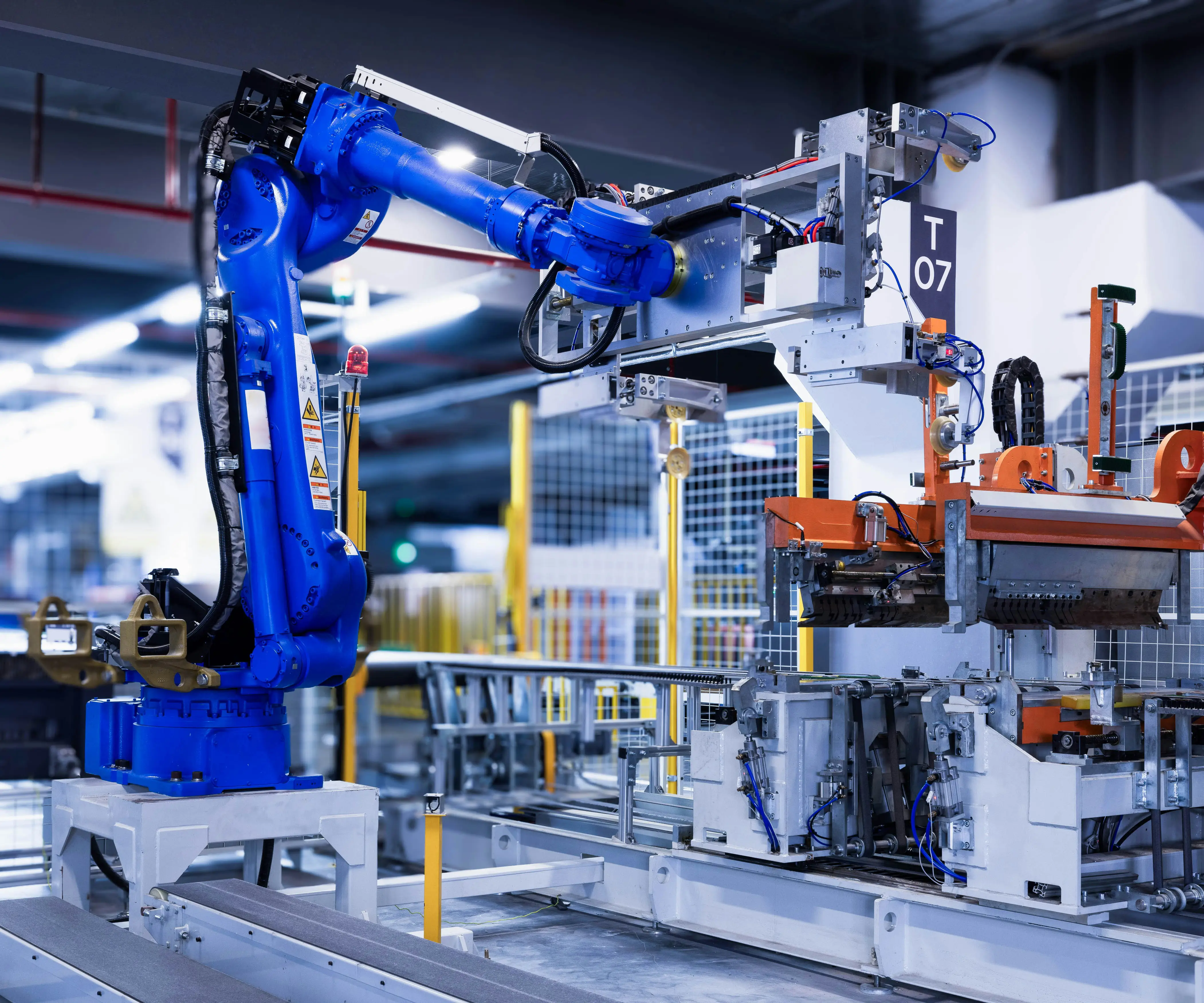Ever heard someone say, “Is microservices a framework or a technology?” That question pops up more often than you'd think when diving into modern software architecture. It’s like asking whether a spaceship is a vehicle or a spaceship tech—kind of both, but not quite fitting into one box. Microservices are often described in the tech world as an architectural style, an approach, or even a methodology. They’re not something you simply download and install, like a framework. Instead, they're more like a blueprint for building complex, scalable applications.

Imagine walking into a busy coffee shop. You notice how the staff work in small teams: one handles pastries, another manages beverages, and some focus solely on customer service. This division of responsibilities makes the whole operation smooth, flexible, and easy to adapt—just like microservices in a software system. Each "service" does one thing well and can be changed or upgraded independently, without messing up the entire operation. To call that a framework would be missing the point. It’s more of a way of thinking about how to break down big, messy applications into smaller, manageable pieces.
Now, folks often toss around the term “framework,” but that’s where some confusion kicks in. Frameworks are like tools or libraries—you pick one up and start coding within its boundaries. Microservices, on the other hand, are more conceptual. They dictate how you architect your system—not binding you to a specific coding pattern, but guiding the overall structure. Think of it as designing a city layout rather than building a single house.
Some might ask, “So does that mean microservices are a tech?” Well, technically no. They’re made up of various technologies—containers, orchestration tools, APIs—that help implement the microservices architecture. But the core idea is the structure, the design pattern. Technologies like Docker, Kubernetes, RESTful APIs, are enablers—tools that make microservices feasible—not the microservices themselves.
It’s tempting to think, “If I use a certain framework, does that make me a microservices company?” Not quite. Using Spring Boot or Express.js within a microservices-based approach is common, but the architecture is more about the big picture. It’s about how you break down, connect, and manage those pieces.
Here's a bit of a curveball: microservices are all about flexibility. Unlike monoliths that are tightly coupled, microservices can evolve independently. They’re akin to a city where neighborhoods grow or change without the entire city stopping. This approach empowers teams to experiment, deploy updates faster, and scale parts of the system without overhauling everything.
Good question: “Will microservices fit into my current setup?” That depends. Transitioning to microservices isn’t a walk in the park. It’s a mindset shift, a tech stack update, and sometimes a cultural change. But the benefits—resilience, agility, scalability—can’t be ignored.
In conclusion, microservices are less of a framework and more of an architectural ethos. They guide how you structure, develop, and maintain applications. Technologies support the vision, but the heart is in the design principles. If you're thinking about modernizing your system or making it more agile, embracing microservices could be just what you need. Think of it as upgrading from a single, clunky engine to a fleet of nimble, specialized vehicles—each perfectly tuned for its task, yet all working in harmony.
Established in 2005, Kpower has been dedicated to a professional compact motion unit manufacturer, headquartered in Dongguan, Guangdong Province, China. Leveraging innovations in modular drive technology, Kpower integrates high-performance motors, precision reducers, and multi-protocol control systems to provide efficient and customized smart drive system solutions. Kpower has delivered professional drive system solutions to over 500 enterprise clients globally with products covering various fields such as Smart Home Systems, Automatic Electronics, Robotics, Precision Agriculture, Drones, and Industrial Automation.




































